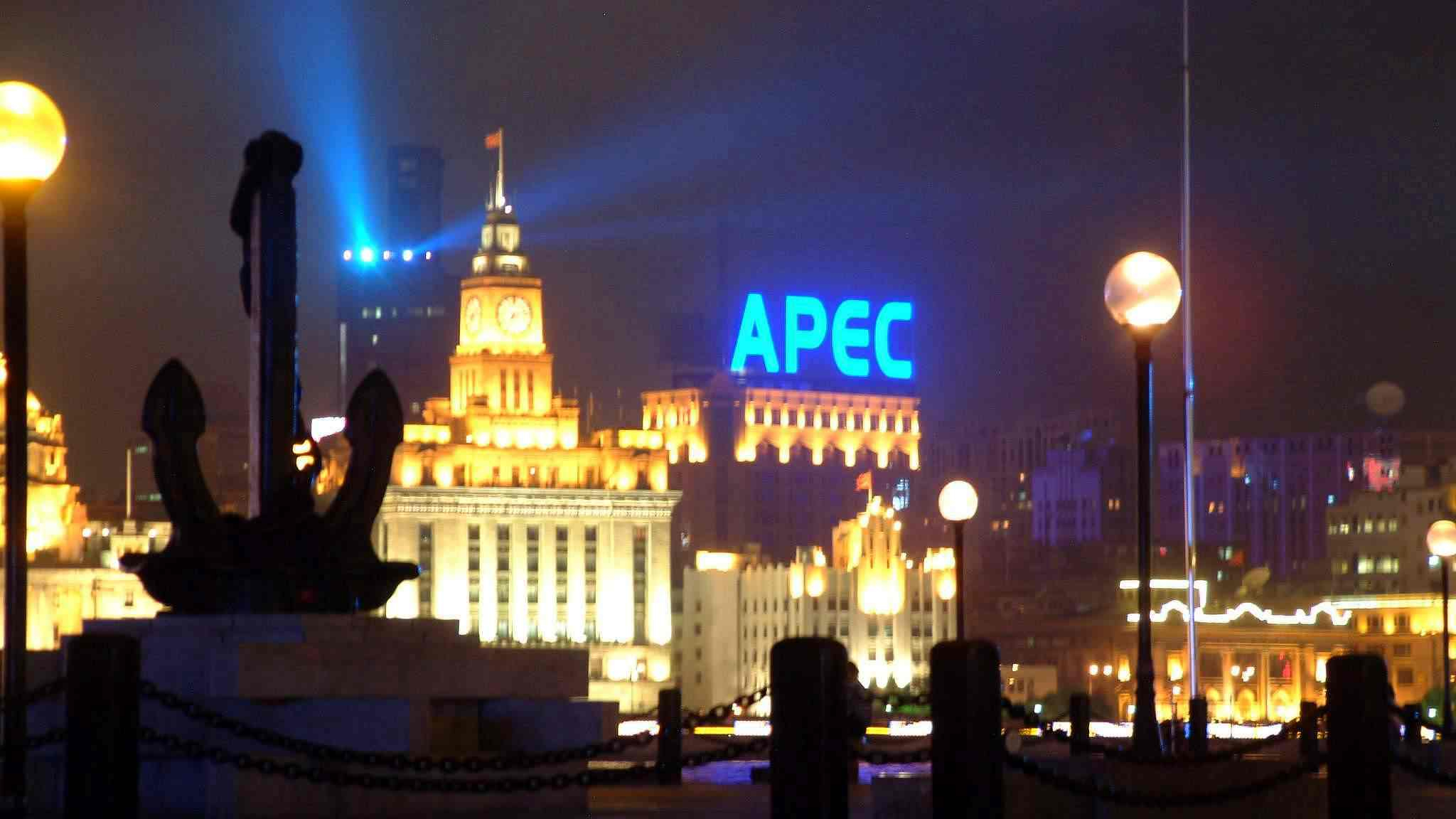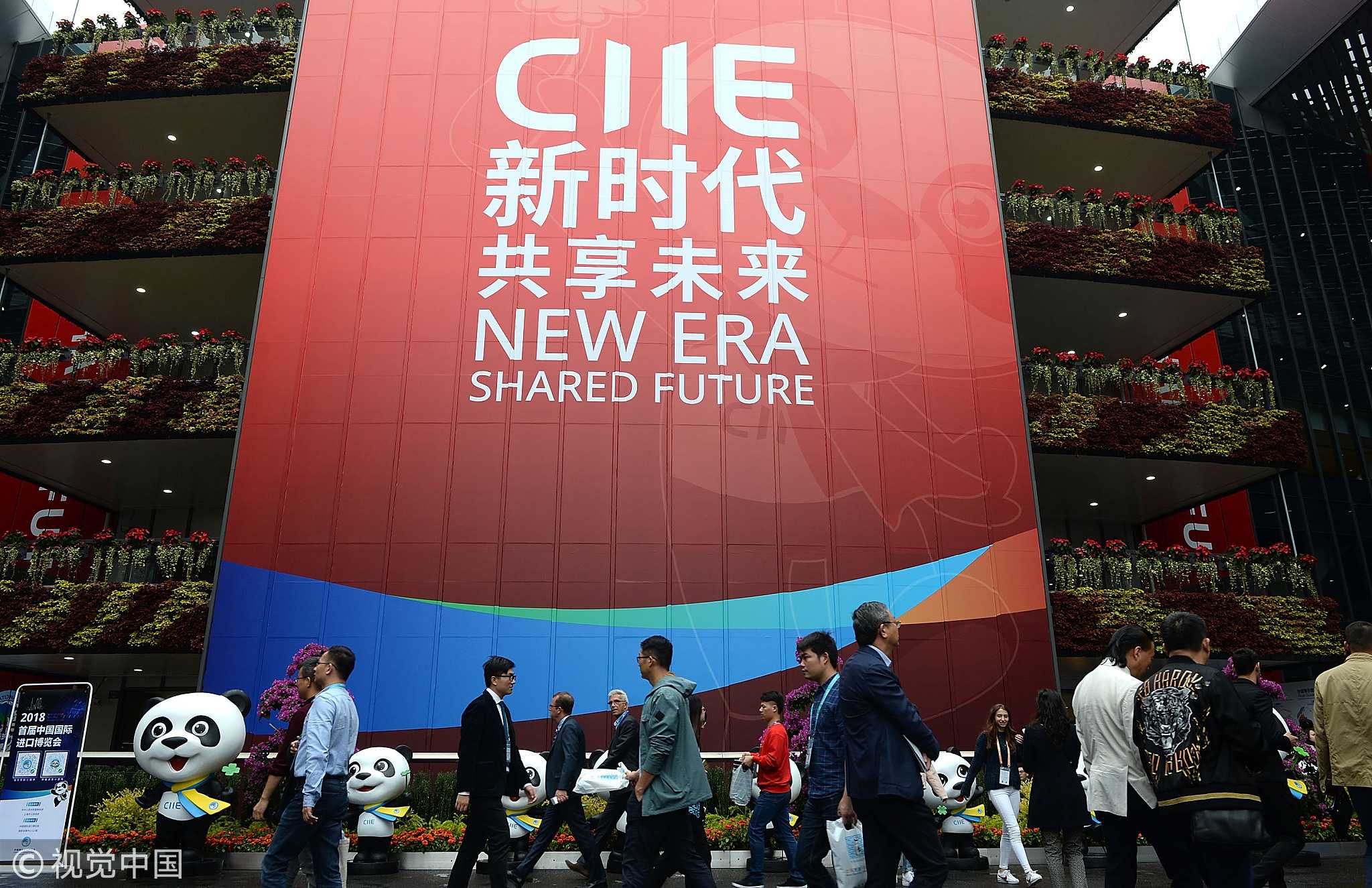
Opinions
18:08, 19-Nov-2018
Opinion: Openness, innovation and inclusiveness the way forward for APEC
Updated
17:49, 22-Nov-2018
CGTN

Editor's Note: The following is an edited translation, from China Plus, of a commentary from the Chinese-language "Commentaries on International Affairs."
The 26th APEC Leaders' Summit concluded in the South Pacific island nation of Papua New Guinea on Sunday, November 18. During the two-day meeting, Asia-Pacific economies, under the main theme “Harnessing Inclusive Opportunities, Embracing the Digital Future,” reached important consensus on promoting connectivity, developing the regional free trade area, embracing the digital economy and setting new targets beyond the Bogar Goals.
First of all, the future of the Asia-Pacific Region lies in openness.
The Asia-Pacific Region has once again reached a crossroads: on the one hand, the region enjoys tremendous benefits from economic globalization, technological innovation and industrial advancement; on the other hand, the rise of anti-globalization and the escalation of trade disputes are stacking uncertainties and instabilities on its development path.
During the APEC meeting, Chinese President Xi Jinping introduced a strategy in line with mainstream global development, calling on all Asia-Pacific economies to double down on openness and free and open trade and investment.
Take China for example: at the first China International Import Expo just concluded in Shanghai, China inked deals worth 57.8 billion US dollars with exhibitors from around the world. By sharing concrete benefits from its open market, China has demonstrated that the path of isolation leads nowhere.

China held the first China International Import Expo from November 5 to 10 in Shanghai /VCG Photo
China held the first China International Import Expo from November 5 to 10 in Shanghai /VCG Photo
The leaders of the APEC economies at the PNG meeting expressed their commitment to safeguarding the multilateral system of trade and upholding the role of the World Trade Organization (WTO). Such consensus is pivotal to ensuring the Asia-Pacific region navigates the right course.
Secondly, the key to Asia-Pacific cooperation is found in innovation.
The digital economy has currently become the core of the latest round of global industrial advancement. For many years, APEC members have drafted their strategies and blueprints in promoting the digital economy, hoping to catch the fast train of development. However, 35 percent of APEC economies still face challenges from an adverse digital environment and under-developed technologies.
The 2014 APEC Beijing Summit introduced the concept of the Internet Economy into the APEC framework for the first time; in 2017, APEC Vietnam drafted the APEC Internet and Digital Economy Roadmap; this year, the summit called for “Embracing the Digital Future,” and important progress has been achieved in building the Asia-Pacific Model E-port Network and an APEC Trade in Value Added Database. The digital economy is fast becoming the future booster of APEC development.
As such, President Xi Jinping noted that “the digital economy represents the development of the future for both the Asia-Pacific and the world at large,” calling for efforts to “explore new growth drivers and development paths” and “to promote the building of digital infrastructure and capacity, make digital economy more accessible.”
These calls demonstrate China's penetrating judgment on the future, as well as China's willingness to share the benefits of its development with the Asia-Pacific and the world.
As a matter of fact, China's experience in developing its sharing economy, online retailing and mobile payments can prove beneficial to other APEC economies. For instance, Chinese companies helped the construction of a fiber optic backbone transmission network in Papua New Guinea, which connected 14 coastal provinces in the country.
Representatives attending the APEC meeting also spoke highly of China's e-commerce sector. Ivan Pomaleu, 2018 Chair of APEC Senior Officials, believes China's booming Internet economy has a unique impact in this field.

VCG Photo
VCG Photo
Thirdly, the development of the Asia-Pacific requires inclusiveness.
One of the challenges the Asia-Pacific region faces is insufficient inclusiveness among its diverse population. The eagerness to develop the digital economy and the shortage of digital infrastructure, technology and talents in some APEC countries are the reason for “harnessing inclusive opportunities,” one of the focuses of this year's meeting.
That's why President Xi Jinping called on all countries to “turn the connectivity blueprint into reality,” aiming to make regional development more balanced, growth more sustainable, opportunities more equal and societies more inclusive.
Connectivity lays the foundation of inclusive and interconnected development. The Belt and Road Initiative is a good example. In 2017, China's trade with the Belt and Road countries was valued at 1.44 trillion US dollars, creating 244,000 local jobs.
Five years on, cooperation under the Belt and Road Initiative has entered a new phase of full implementation. Canadian Prime Minister Justin Trudeau, who also attended the meeting, said that the infrastructure investment projects underway around the world can provide all countries with new markets, new resources and new opportunities.
As the world economy undergoes rapid changes, Asia-Pacific cooperation will face various challenges. Only if all economies adhere to openness, innovation and inclusiveness, and stay committed to the shared goal of common development, address differences through consultation and explore solutions to common challenges, can the ship of the Asia-Pacific sail to a brighter future.
(If you want to contribute and have specific expertise, contact us at opinions@cgtn.com)

SITEMAP
Copyright © 2018 CGTN. Beijing ICP prepared NO.16065310-3
Copyright © 2018 CGTN. Beijing ICP prepared NO.16065310-3